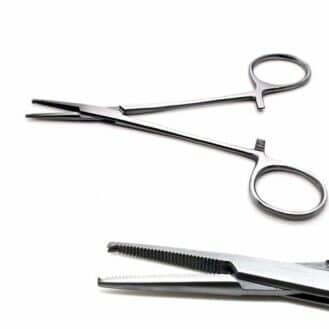An oxygen concentrator is a medical device for people suffering from respiratory insufficiency (hypoxemia). The operating principle is to concentrate the oxygen in the air by removing the nitrogen.
In a medical setting, oxygen therapy is used to improve and stabilize blood oxygen saturation levels.
An oxygen concentrator is made up of:
- The device itself, i.e. the concentrator, which includes housing with a compressor, filters, a tank, etc.
- Consumables such as oxygen administration tubing, adult/pediatric oxygen cannulae, oxygen masks, etc.









I am liked the page
Excellent web,very informative and useful